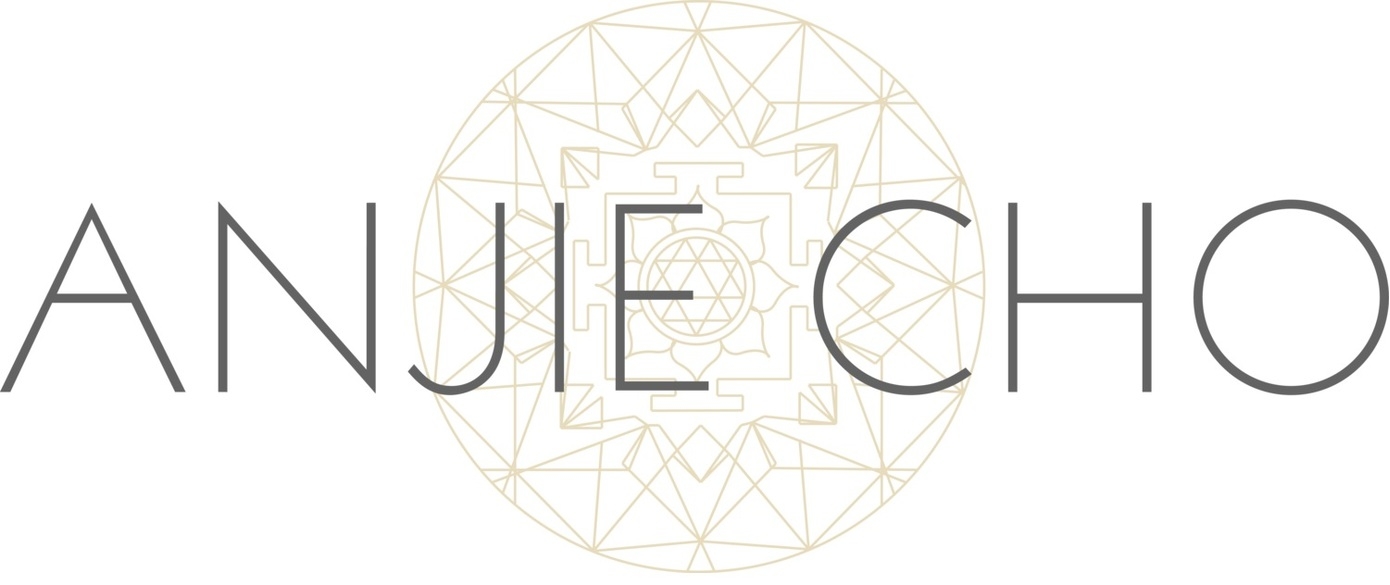We've shared plenty of information about paint, from how to choose the perfect color to why you'd want to look for paints with lower VOCs, but here's something not many homeowners are aware of: even paints labeled as "low-VOC" can cause significant damage to your health and the environment. Let's break it down.
First of all, let's be clear. Opting for lower VOC count in paint is definitely healthier than just grabbing whatever color you like without checking the label. But as with many sustainable and eco-friendly options, lowering VOC levels in paint doesn't necessarily make it completely healthy. Though they do contain fewer volatile organic compounds, paints labeled as low- or zero-VOC do contain VOCs. What's more, the number used to classify these paints as healthier is measured before the addition of pigments and certain additives, which can contain additional VOCs. And some of the dangerous chemicals added to paints aren't considered to be VOCs, so they're not taken into account when determining the safety of the paint.
Even when the paint you've chosen has the lowest possible levels of VOCs, those compounds will still off-gas into your internal environment. Though this small amount of toxicity may not show up immediately, this is another situation similar to that metaphor we use when talking about the commanding position and clutter. Even if you don't notice, like a stone that has water dripping on it for years, it will eventually begin to affect you in a negative way.
And, as Joel Hirshberg notes in his article, The Truth About Paint, reducing the level of VOCs in paint only does so much for the environment. It is not the most ideal solution. He mentions that when we reduce the use of VOCs, we only slow down the process of contaminating our environment, since our atmosphere can only completely absorb waste if it is healthy and biodegradable. As many of these chemicals are not, even in small amounts, they ultimately return to the atmosphere where they remain forever.
With this information in mind, most experts agree that seeking out the healthiest possible paint option is worth the effort and cost. In most cases, this option consists of natural paints and finishes. These paints are composed only of natural ingredients, like water, plant oils and natural minerals. In these paints, manufacturers use 100% natural materials for each of the primary components, which would usually be chemicals. For instance, The Real Milk Paint, a popular option, contains casein, hydrated lime and plant-derived fillers, all of which are natural and non-toxic.
There are a number of companies who produce natural paint for healthier environments. This list from eartheasy is a great start, but as always, do your own research before choosing the best paint for your needs. In fact, if you're handy enough, you can even make your own natural paint! What better way to KNOW your indoor air quality is safe?
by Anjie Cho




